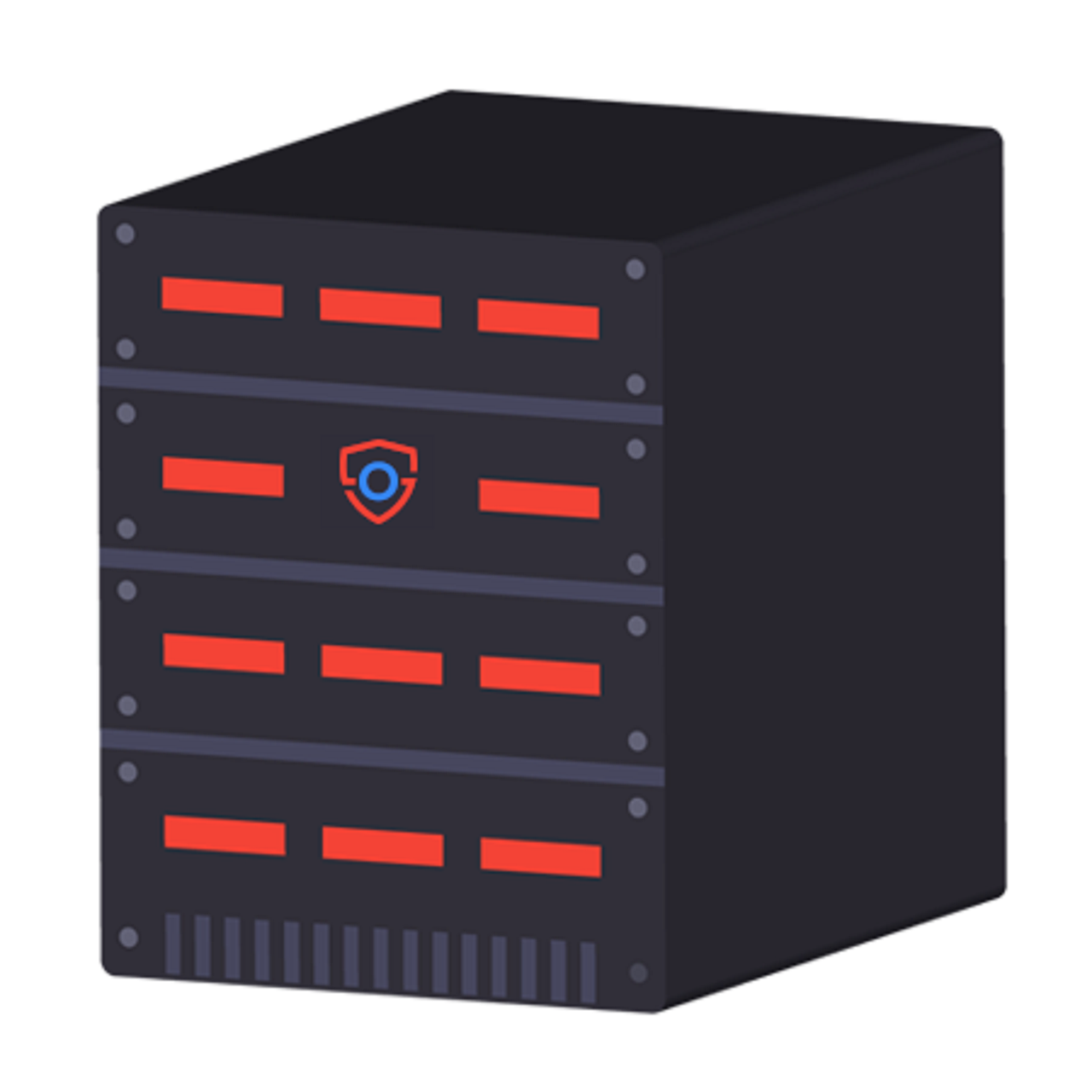Last update at :2024-05-25,Edit by888u
A virtual machine (VM) is a simulated version of a physical computer that simulates various functions and allocates resources in a virtual environment.
In short, you can run another operating system within your current operating system, just like you would a media player or web browser.
You can perform the same operations in a VM as you would on a bare metal (such as your laptop or PC), such as connecting to a network, downloading software, updating the operating system, and more.
Of course, depending on the usage scenario, the VM experience may be different from the physical computer.
Let's explore virtual machines, their use cases, and how they work.
Virtual Machines: Origins
Virtual machines are one of the most important software-based innovations. Its origins can be traced to the IBM CP-40 and CP-67 virtual machine operating systems in 1966, when the concept of virtual memory and resources was being researched and tested.
Fast forward to 2023, when we publish this article, and virtual machines are everywhere, from personal computers, to large enterprises, to small businesses. Everyone is using virtual machines in some way or another.
With all this in mind, it's clear that virtual machines are very useful. But, how does it work, and what exactly do we use it for?
Bare metal = an actual physical computer, such as your PC or laptop
p>Host OS = the operating system installed on your physical computer
Guest OS = the operations running within the virtual machine System
Virtual Machine (VM) = is a general term for virtualization applications
How virtual machines work
Understanding the concept of virtualization will help you figure out how virtual machines work.
Recall what we described in one of our articles:
“Virtualization gives you an abstraction of computer hardware so you can create virtual machines (VMs), networking, storage, etc. ."
Virtualization allows users to utilize the resources of physical systems in a virtual environment. This allows a process to use resources independently without affecting the physical computer.
The virtual machine is the process of using this capability. Here you will get virtual resources in the form of virtual disks, memory, and other configuration files, allowing you to run the operating system on it.
You may already be familiar with some Linux-specific virtualization software that can help you create these virtual machines.
In order to demonstrate the technical differences between virtual machines and physical computers in detail, here is a picture to help you understand:
No picture, no picture, the picture server is on strike, We can’t upload images
Why do we need to use a virtual machine?
Virtual machines have become a versatile concept, useful for almost every small task, which is one of the reasons why you should run Linux in a virtual machine.
Not only helpful to individual users, virtual machines also play an important role in the field of cloud computing, and cloud computing is an essential part of the Internet.
Here are some tasks that a virtual machine can help you complete:
-
Software testing
Operating system testing
Enhancing your online privacy for temporary web browsing sessions
Conduct network security research without affecting physical computers
Use virtual machines as servers so that more data can be hosted on the same hardware More virtual machines, (thus making the use of hardware resources more efficient)
Various development activities have more powerful migration, replication and other functions
Use virtual machines to replicate systems in the cloud
Therefore, the isolation capabilities of virtual machines allow us to Using it for testing and development also makes it central to server scalability and flexibility.
Recommended site search: Dongwang host mainland China agent IP, Chinese domain name, space registration, domain name registration number query, large bandwidth server rental, the cheapest cloud server , website registration information query, 100m free space, domain name check,








发表评论